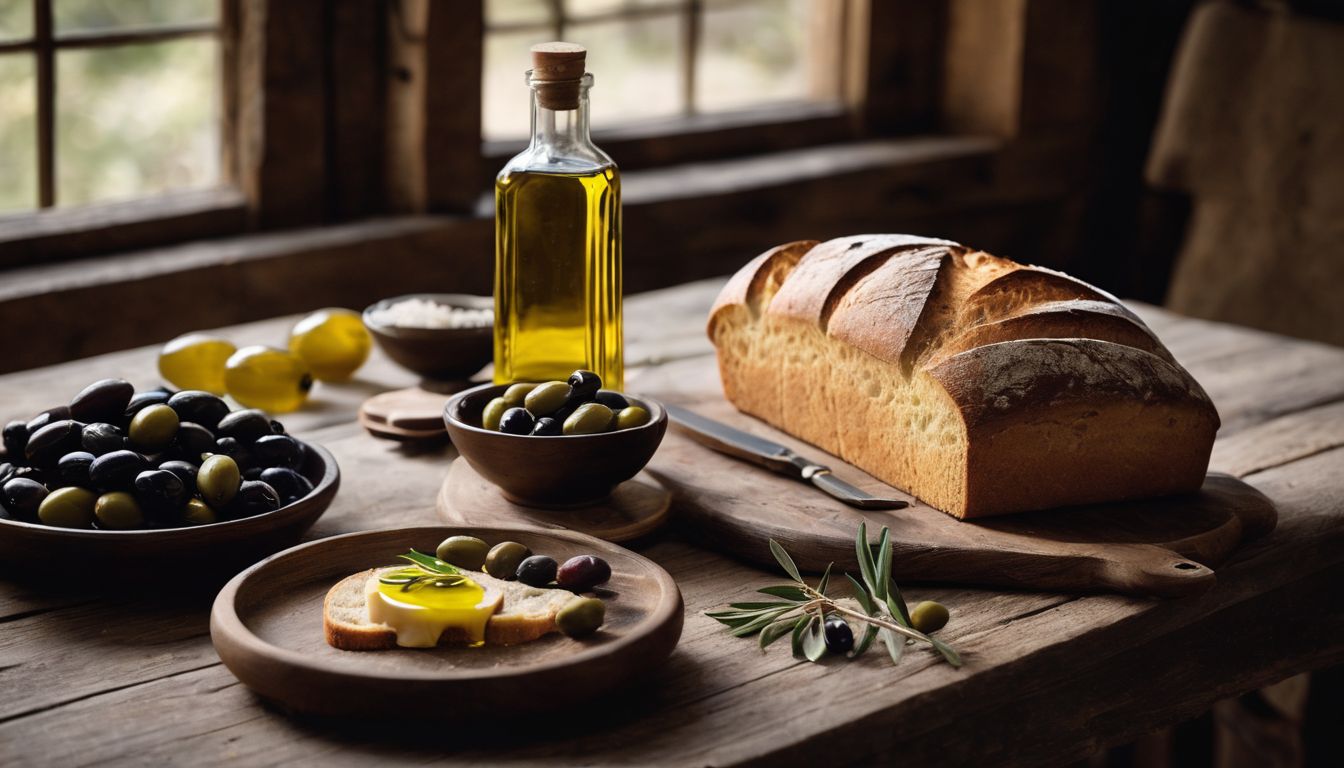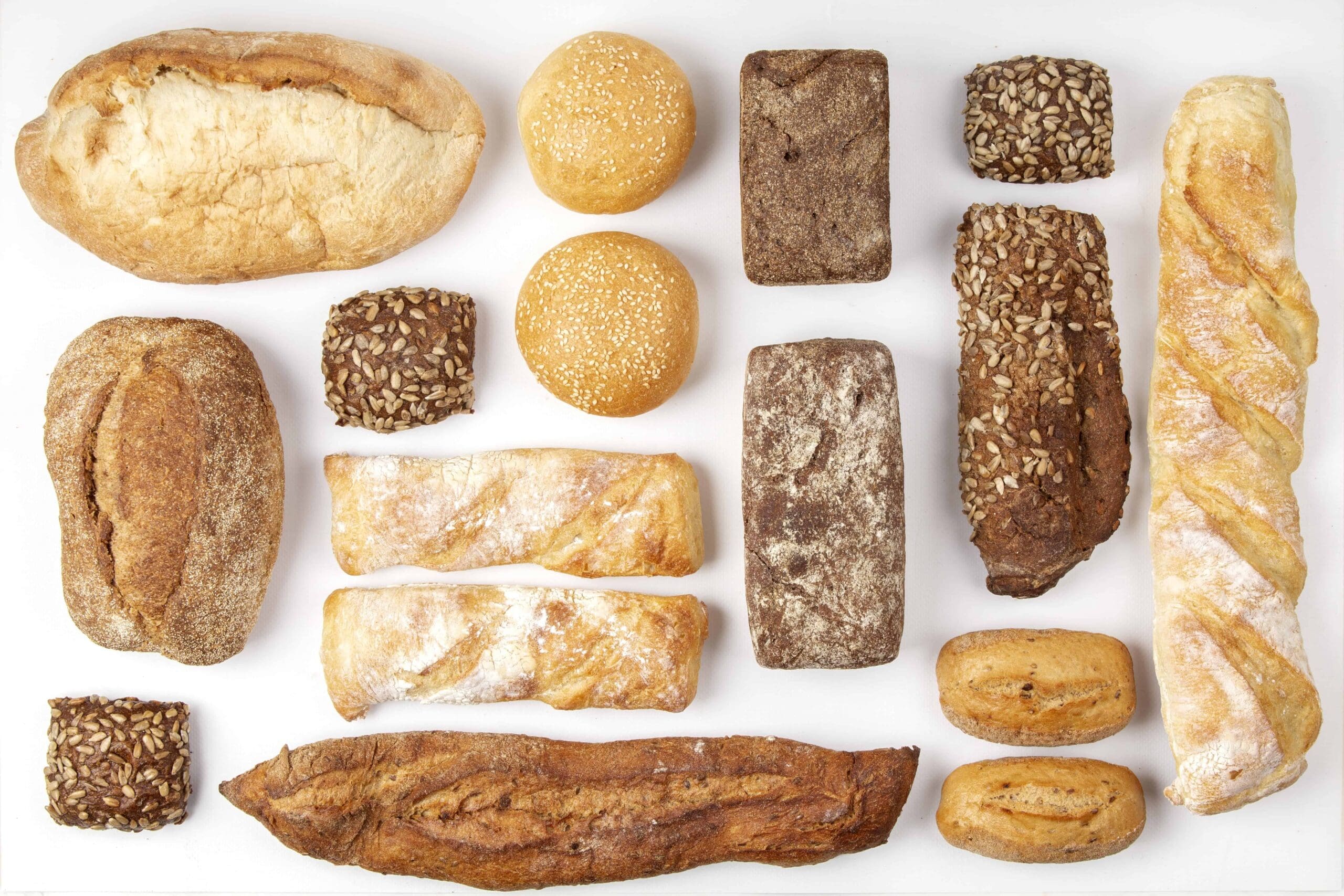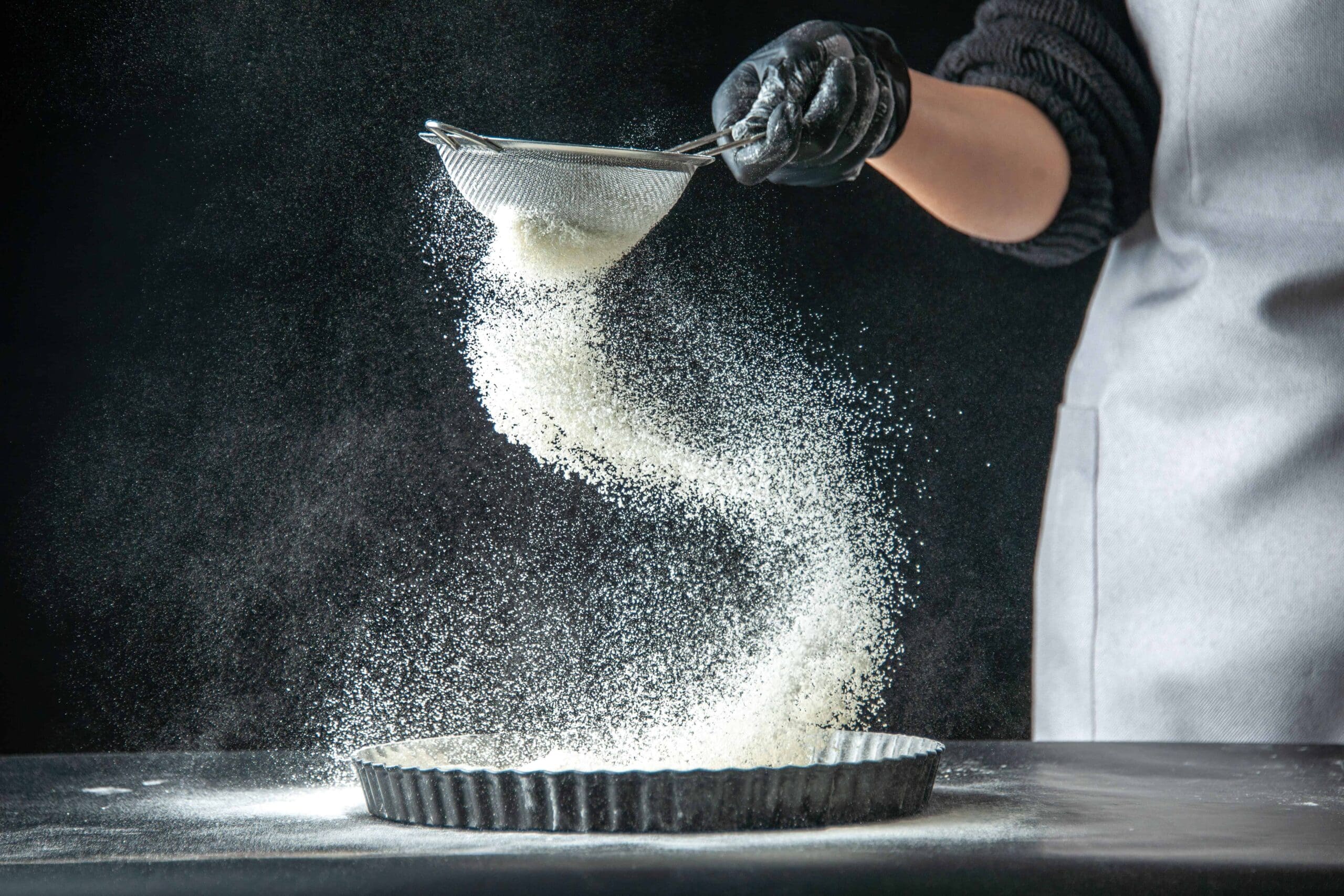
Best Olive Oil for Dipping Bread
Lost in the sheer joy of plunging a piece of warm, oven-fresh bread into silky olive oil? Ah, isn’t it just something divine? Just like you, we find ourselves constantly on a quest to unearth […]
Baking is one of the most distinguished, developed and growing commercial fields and industrial sectors around the world. This is due to the great importance and strong influence it possesses. There are two basic types of dough that are the basis for all baked products and pastries available in the market, namely dough and liquid dough or batter. One of the world’s most renowned, advanced, and expanding commercial fields and industrial sectors is baking. It has a tremendous deal of significance and power everywhere on this planet.
It is a fact that cannot be denied or ignored, especially for those concerned with its various derivatives and branches, whether by talking about restaurants, hotels, mobile food carts, or food and beverage service projects that rely primarily on order delivery services, by talking about all levels, whether related to the local framework to target the community located in the surrounding environment, or related to the international tourism framework, to attract visitors and connoisseurs of different cultures and environments.
One of the important factors that give this sector permanent privacy is its change and development over time in what is known as the emergence of modern cries, trends and trends, as a result of many factors, such as the development of different societal habits and behaviours.
The emergence of new challenges and requirements, such as the outbreak of the new Coronavirus, or the development of technologies and means of communication between individuals, changing the agenda of priorities and dietary needs of the public looking for this type of service, or even a change in the system that embodies the emotions and psychological motives related to these services, especially when it comes to food.
In the following lines, you will learn about the most important characteristics that distinguish each type:

This type of dough relies heavily on flour, and the percentage of liquids in the bread dough is low. It is possible to add yeast or raising materials such as baking powder and baking soda to give it the desired shape. The bread dough is prepared by whipping, mixing, or cutting fat, such as butter and margarine.
The vegetable is mixed in flour or by using the kneading method, whether with an electric kneader or by manual kneading and because of the small percentage of water or milk in it, it retains its shape as a cohesive mass, which is necessary to be cut and shaped in the desired way without the need to use a container to give it a specific shape.
Most baked goods depend on this type of dough, depending on its ingredients, their amounts, and the way they are mixed and levelled. With the difference of each ingredient that was previously mentioned, a new dough is formed, but they all remain under the name of dough, and among the most famous baked goods that depend on this type of dough are Croissants, crispy dough, pies, tartlets, Cinnabon rolls, doughnuts, choux pastry, biscuits and various salty pastries.
This type of dough represents the basis of the work of the baker and the pastry chef because of the different baked goods and pastries it produces. Using this type of dough contributes to the production of different types of pastries, and here are the five most famous types and their uses in the world of sweets:
This dough usually contains a higher percentage of liquids, fats and sugar than bread dough, so baking results in softer and moistter products than baked goods made from dough. This dough is usually made by mixing, whisking, stirring, foaming, or what is known as creaming, which is a light liquid to be poured into moulds or trays or cooked in a frying pan over a fire. This type of dough is suitable for making many desserts, such as:
As we explained previously, baking is a kind of art that is not devoid of scientific aspects and the chemical reactions that permeate it. It is completely different from the hot kitchen in that case. In the hot kitchen, it is possible to replace one component with another without significantly affecting the final result.
When dealing with baked goods, the matter is different, as each component that is used greatly affects the final product, whether through type, quality or quantity, as each product, whether flour, fat or liquid, works differently from any alternatives to it, and therefore it must be realised that if any component is replaced In other words, that will result in a completely different product.
For this reason, before delving deeper into the world of baked goods and pastries, we must understand the difference between each ingredient and how it interacts with other ingredients so that we can adjust the differences and differences between the ingredients and you can mix them well to ensure successful and wonderful results every time, so let’s take a closer look to the different basic ingredients used in bakery dough and what differentiates each type from the other.

Flour is the main ingredient in pastries, but there are many types of flour that are used in baked goods and pastries, and flour generally consists of five elements:
Speaking of these components, it is important to note that the percentage of fats and salts in flour is less than 1%, and the amount of moisture or water is likewise minimal and dependent on climatic factors and storage conditions.
One of the properties of flour is its ability to absorb moisture from the air around it. Starch, which makes up around 63–77% of flour, is essential for absorbing moisture or liquids during baking at temperatures above 60 °C. This process is called Gelatinisation.
Flour protein is also of great importance in the baking process because it is responsible for the formation of gluten, which is a flexible network of proteins produced by mixing flour with water and kneading it. This pressure is gone, so gluten is the element responsible for the texture and size of the final products.
Besides, without the presence of gluten, the dough will not retain the gases released by the lifting materials or that were produced through the fermentation process or the hot steam inside the oven, and thus, the baked goods will not rise and take their usual shape. Speaking of the types of flour, we can put forward the most important ones as follows:
Compared to baked goods made from other types of flour, the shelf life of this type of wheat is short because it contains wheat germ, which contributes to reducing this time period and produces an unpleasant smell due to the fats permeating it. It is used in healthier baked goods and pastries.

Sugar is an important ingredient in the bakery industry, as it provides the pastry with flavour and colour and softens the products because it weakens the gluten network. It is a good food source for the yeast until it reacts, and it works as a natural preservative and as an aid in increasing the proportion of air entering in the process of whipping sugar with eggs or butter, which eventually helps to double the rate of swelling of the dough.
There are many types of sugar used in baking, so here are some of the most important types that are used in order to produce high-quality baked goods:
Finally, baking is one of the world’s most prestigious, advanced, and expanding commercial fields and industrial sectors. This is a result of its immense significance and substantial influence. All baked goods and pastries sold on the market are the world’s most prosperous business in every country.
Baking isn’t just a sweet treat; it’s a thriving and prestigious global industry. Renowned pastry chefs push the boundaries of flavour and artistry, while innovative bakers utilise cutting-edge technology to create healthier and more sustainable options. With a global market valued at X billion dollars and employing millions worldwide, baking’s influence extends far beyond the bakery shelf.
The future of baking is ripe with possibilities, from personalised cake printing to fusion desserts blending global flavours. This dynamic industry continues to rise, proving that a love for creating deliciousness is a recipe for lasting success.